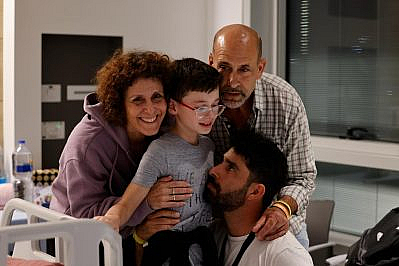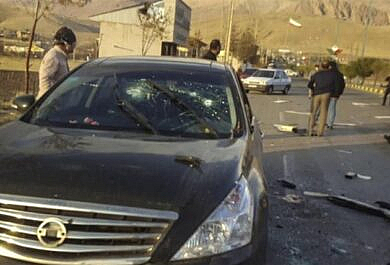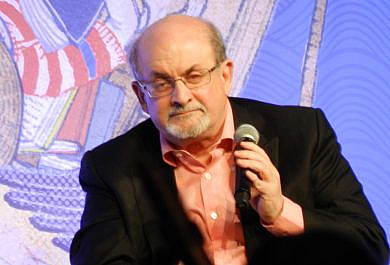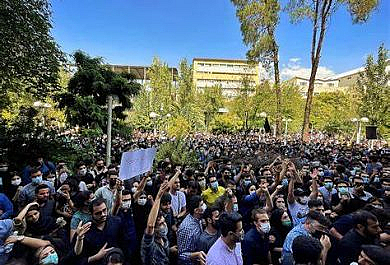As day five of the Israel-Hamas ceasefire begins on Tuesday, dozens of hostages have been freed from seven weeks of captivity in Gaza. Details emerging of their time in Hamas custody paint a picture of deteriorating conditions defined by hunger, isolation, and darkness.
Summary
As day five of the Israel-Hamas ceasefire begins on Tuesday, dozens of hostages have been freed from seven weeks of captivity in Gaza. Details emerging of their time in Hamas custody paint a picture of deteriorating conditions defined by hunger, isolation, and darkness.
- As of Tuesday morning, 69 Israeli and international hostages have been released by Hamas since the ceasefire went into effect on Friday in exchange for 150 Palestinian prisoners. An estimated 170 additional hostages remain in Hamas captivity.
- The emerging accounts of life in Hamas captivity are ghastly – hostages were denied medical care and adequate food, kept underground for seven weeks in darkness, prevented from going to the bathroom for hours on end and forced to sleep on benches.
- Alma Avraham, 84, was sent directly to an intensive care unit after her release on Sunday. Avraham was released in “unstable condition with risks to her life” and was in admitted in critical condition due to “significant medical neglect…while being held by Hamas.”
- Many freed hostages still have family members trapped in Gaza, so the full picture of their ordeal may not yet be known.
- The nightmare continues for scores of Israeli hostages, including 10-month-old Kfir Bibas, the youngest child kidnapped by Hamas. Baby Kfir has reportedly been handed off to a smaller Palestinian terrorist group in Khan Younis along with his 4-year-old brother Ariel and their parents, Yarden Bibas and Shiri Silberman-Bibas.
- Hamas has also reportedly lost control of several hostages and claims not to know the whereabouts of an unknown number of the “missing.” Palestinian Islamic Jihad, a smaller rival of Hamas, reportedly holds 30 hostages in captivity. Additional hostages may be held by organized crime groups operating in Gaza.
- Two American women were expected to be among the first 50 hostages released by Hamas yet were not included in the fourth hostage release on Monday. The two Americans may yet be released on Tuesday or Wednesday should the ceasefire hold. Nine Americans remain in captivity or missing.
![]()
- CNN recounted how the horrific trauma Hamas has inflicted on Israelis continues even after hostages have come home. Noam Or, a 17-year-old kidnapped with his 13-year-old sister Alma, were freed on Saturday, and dreamed of being united with their parents, only to learn that their mother Yonat was murdered on Oct. 7. Their father Dror is missing, believed kidnapped in Gaza.
- NBC News shared the account of Keren Munder, an Israeli hostage freed on Friday with her 9-year-old son Ohad and her mother, Ruthy. The Munder family was fed bread and rice sparingly, had to wait up to two hours to be taken to their “disaster” toilet, were forced to sleep on benches and were frequently moved to different locations in Gaza.
- The New York Times profiled the eleven hostages freed on Monday, including Sharon Cunio and her 3-year-old twins Emma and Yuli; Karina Engelbert and her daughters Mika and Yuval Engel; 12-year-old Eitan Yahalomi; siblings Erez and Sahar Kalderon; and brothers Or and Yagil Yaakov. Every hostage released on Monday has at least one family member still held captive in Gaza.
![]()
- “The ceasefire flips the power dynamic in a way that lets the one non-state actor here tell everyone else what to do. That is because, simply, Israel values life and Hamas cherishes death—anyone’s death,” wrote Seth Mandel for Commentary. “13-year-old Hila Rotem Shoshani was, according to the girl herself, held together with her mother until Hamas separated the two a couple weeks ago. Hila’s 54-year-old mother, Raya, is still in captivity. Hamas lied when it agreed to release mothers with their daughters. But there’s a more distressing lie here: Hamas’s claim not to know Raya’s whereabouts.”
- “It will never be a full recovery,” clinical and developmental. psychologist Ginio Daphna Dollberg told the New York Post. For example, freed 13-year-old hostage Gila Rotem Shoshani is reportedly dissociating from her traumatic experience, according to family members.
- National Review’s Jim Geraghty posed some disturbing questions as the hostage releases are set to continue: “What happens if, as the deadline approaches, Hamas offers to release nine hostages instead of the previously agreed ten? Or eight, or five, or just one? Is Israel willing to restart the fighting when there is an offer of a released hostage on the table? How will the families of the hostages respond? How will Israeli society respond?”
© Dominic Moore, 2023






